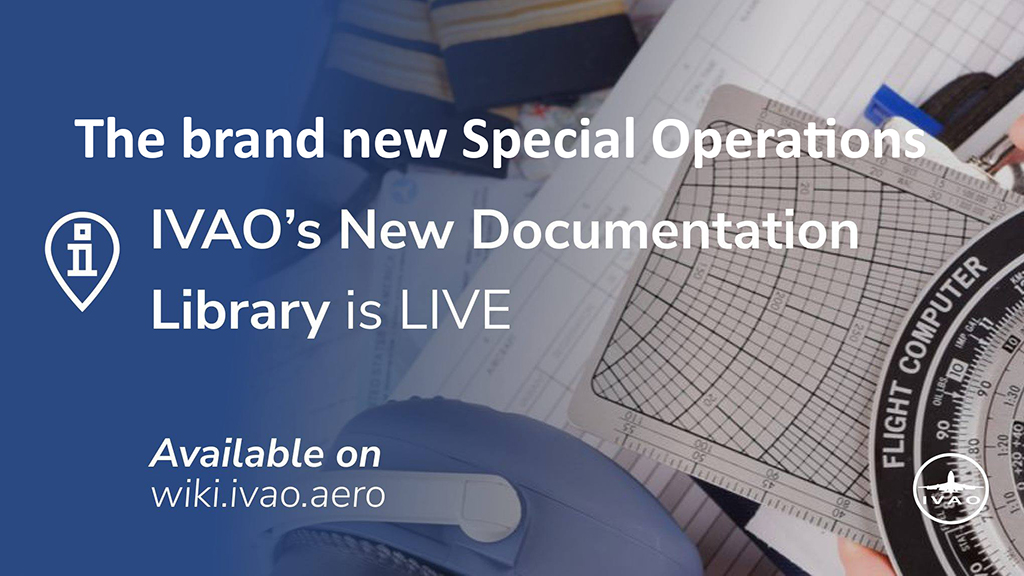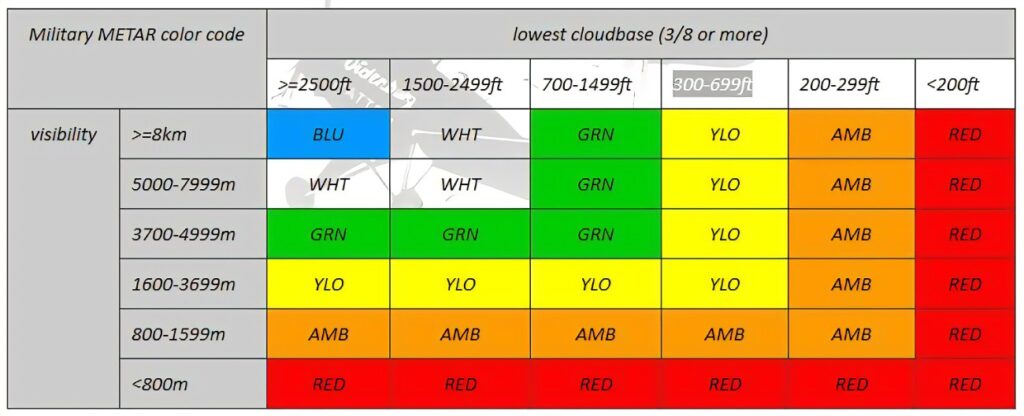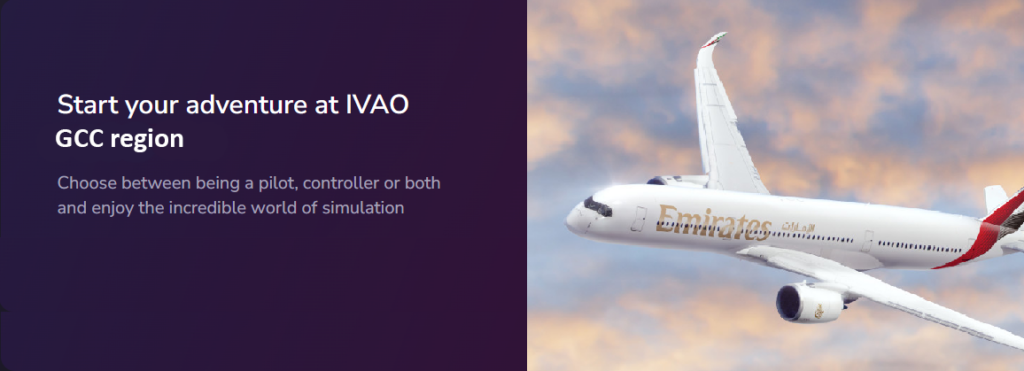Foreword
Special Operations Regulations constitute a part of regulatory framework of IVAO. A separate chapter is dedicated to each particular subject. IVAO users performing flights on IVAO as pilots shall at least familiarise themselves with Chapter 1 (Introduction) and Chapter 2 (Individual Special Operations flights). Users intending to man military ATS and non–ATS units responsible for SO air traffic shall also refer to Chapter 3 (Controlling military units and other Special Operations
units other than civil ATS). Organisers and participants of various SO events and tours, as well as divisional authorities, shall refer to Chapter 4 (International SO events), Chapter 5 (Divisional SO events), and Chapter 6 (International and Divisional SO tours). Groups of IVAO users intending to register as official Special Operations Groups, as well as existing SOGs shall refer to Chapter 7 (Special Operations groups). Divisional staff shall refer to Chapters 8 (Divisional Special Operations departments), Chapter 9 (Airspace Restrictions and Reservations), and Chapter 10 (Divisional Special Operations Orders), as well as to all other Chapters and Appendices of SO Regulations.
Editorial practises
“Shall” indicates a statement, the compliance with which is mandatory.
“Should” indicates a recommendation or best practise, which may or may not be applied.
“May” indicates a discretion to act.
Use of conjunction “or” indicates both “or” and “and” (inclusive), unless preceded by “either”.
“Division” is an operational (active) IVAO division of any type (e.g. mini division, multi–country division, regular division).
“Division–less country” is a country without operational (active) IVAO division
GEN 2.4 LOCATION INDICATORS 07 SEP 2023 (Yellow is MIL or CIV + MIL) This list may not reflect recent changes. Edited by XG-SOC exept the GEN 2.4 LOCATION INDICATORS. * All changes or additions will be highlighted in yellow.
US military bases in United Arab Emirates
There are large warehouses of the US Navy in the UAE. The main
point of logistics is considered to be the port of Fujairah, and us
Navy ships are entitled to call at the port of the capital of this
country – Abu Dhabi. The United States and the United Arab
Emirates have signed lease agreements for the airfields of El
Fujairah and RAS al Khaimah, which are intended for the
deployment of strategic reconnaissance aircraft and tactical aviation.
At this base are Lockheed U-2 (Lockheed U-2) – high-
altitude reconnaissance aircraft. In addition to these aircraft, refueling aircraft are also based. There is another us air force
command post in the UAE.
U.S. Military Bases and Facilities in United Arab Emirates
Port of Jebel Ali • Busiest U.S. Navy port of call. • Largest
manmade deep-water harbor in the world. • Capable of berthing
U.S. aircraft carriers. • No ships supported or permanently based,
and U.S. Navy ships do not take priority over commercial vessels.
Fujairah Naval Base • Located on the outside of the Persian Gulf,
before crossing the Strait of Hormuz. Offers a logistical “land link”
to Jebel Ali should the Strait of Hormuz be closed.

“FREELANCERS”
2.7 – Any pilot flying under OAT V with a fighter must comply with the 350 kt speed restriction under FL100 and M0.95 at or above FL100. Derogation can be issued with a dedicated mission order, or can be applied within events or tours organized by GCC-SO department.
2.8 – Fighters are not allowed to fly on civilian airports but only on military bases listed into the SO Order only. And this, wether the flight is performed under OAT or GAT flight plan.
“GCC – SO”
S.1.1 Special Operation flights are all flights operating as Operational Air Traffic (OAT) regulations.
S.1.2.1 The definition in Regulation 1.2. includes, among others, the following (this list is NOT exhaustive): Aerial Military Operations, Aerial Work or Specialised Operations, Police and Customs Operations, Any Specialised or High-Risk Aerial Operations and Any Other Aviation Flight (activities or · operations) that deviate from ICAO SARPS or other civil rules and procedures (such as flights conducted below minimum heights, helicopter operations outside the height velocity diagram etc.)
GENERAL PROCEDURES AND BEST PRACTICES
Particular attention must be paid when controlling aircraft having different performances. In certain countries, military aircraft (also when operating as GAT) do not apply the 250 kts speed limit under FL100, so they cannot be controlled on speed except during the final approach in a traffic sequence but remember that military jets often have very high approach speeds, keep that in mind!
It is essential to ALWAYS ask and obtain the intentions of military traffic well in advance when it does not intend to land. This is needed to better organise the circuit sequence (numbers) and for a safe, orderly and fast flow of traffic.
Transfer of communication and control of traffic between military and civilian sectors has to be executed after positive coordination by the units involved when clear of conflict.
ATC MIL CTR’s : GCC – DIV
OOMM_MIL_CTR Oman Military 135.700
OMAE_MIL_CTR Emirates Military 127.725
OBBB_MIL_CTR Bahrain Military 127.600

Metar Codes differance with GAT

S.1.9 Aircraft shall not be flown in segregated or restricted airspace that has been published in a Division’s Special Operations Orders or on the IVAO NOTAM system except under the conditions of the airspace restrictions.
S.5.4 Segregated airspace may be created or requested by the following: Special Operations HQ (SOD, SOAD or SOAx), Division HQ (DIR, ADIR), Division Special Operations Staff (SOC, SOAC, SOAx), Event organising parties with permission from the host Division, Special Operations Groups for training, sent via their Divisional Special Operations staff.
S.9.2.1.1 Familiarisation and compliance with all Special Operations Regulations, Instructions and other official published documents.
